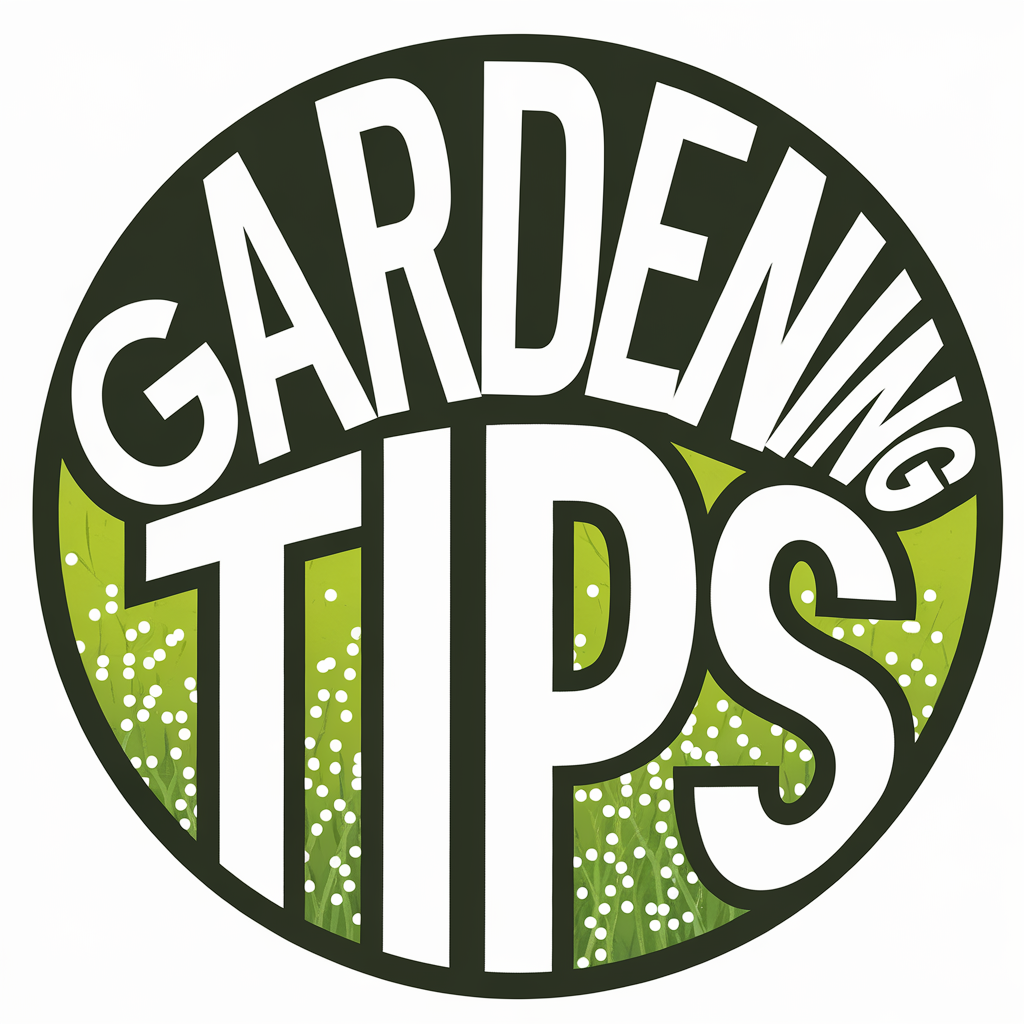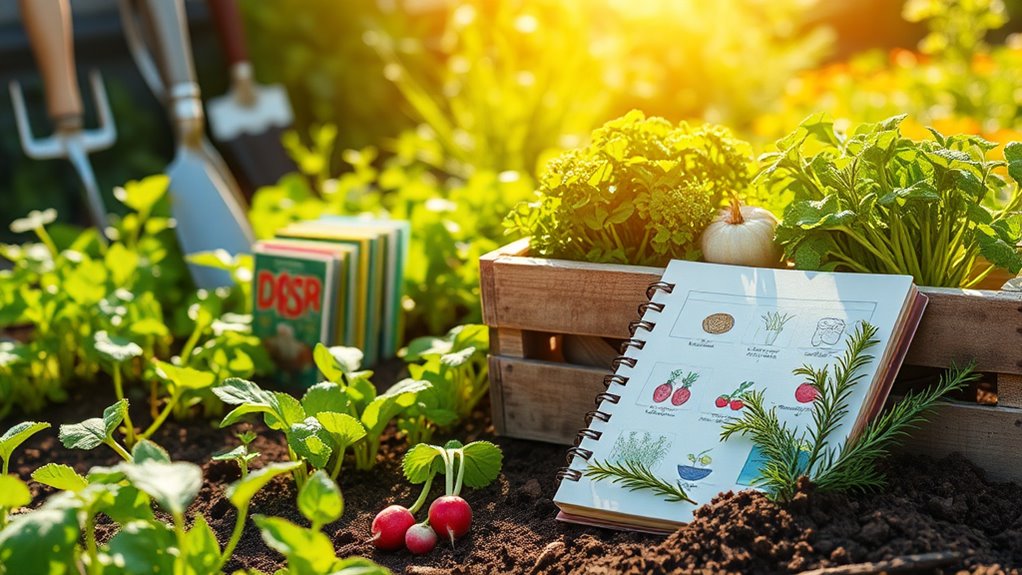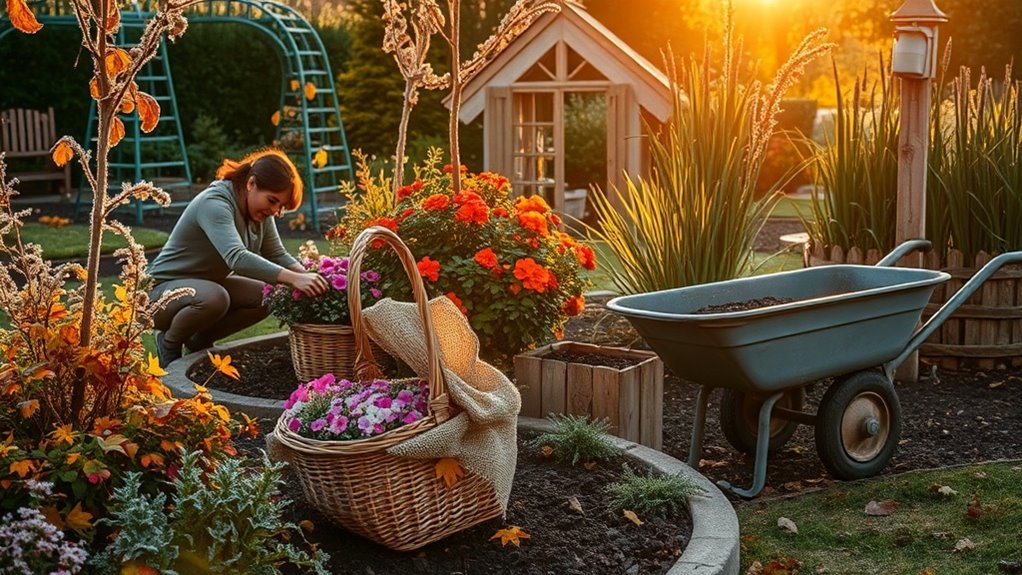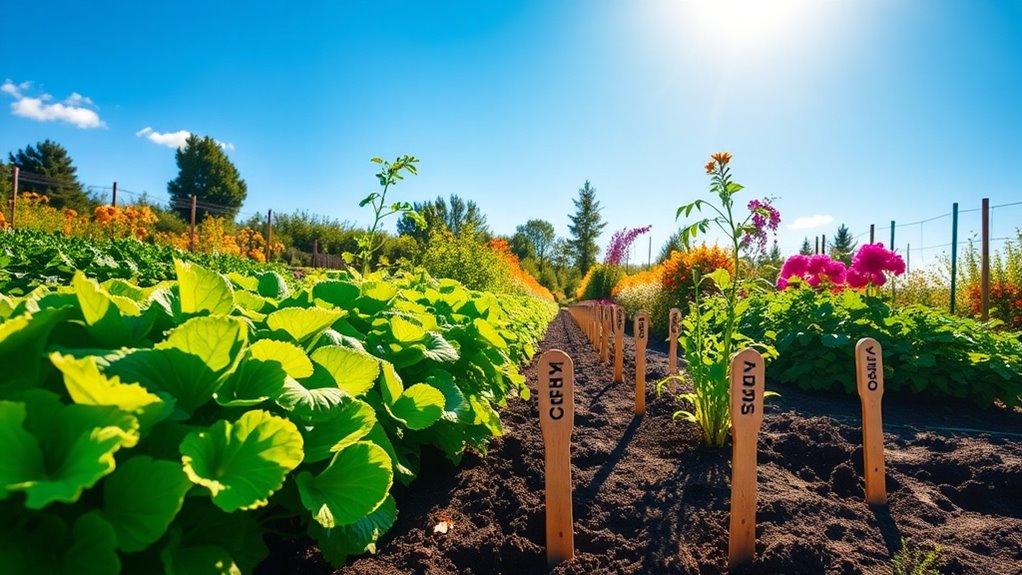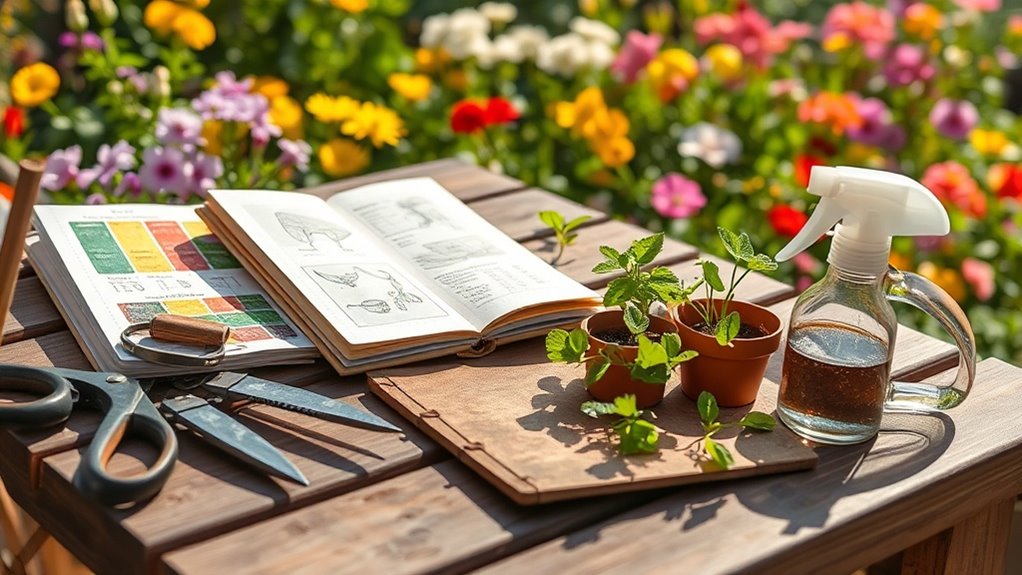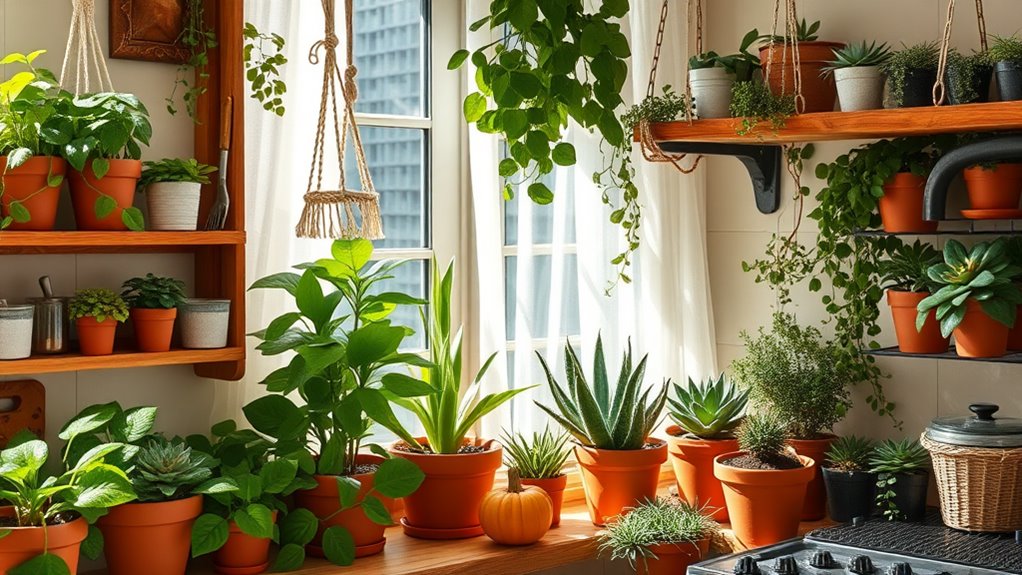Spring Gardening Checklist That Made Me Way More Productive
Like a well-crafted recipe, a spring gardening checklist can be the key to a flourishing garden. It ensures you don’t miss crucial steps that could lead to a bountiful harvest. By assessing your garden space and planning your planting schedule, you’ll lay a solid foundation. But there’s more to this process than just a list. Discover how organizing your efforts can streamline your spring gardening experience and enhance your productivity.
Assess Your Garden Space
Before you dive into planting, it’s crucial to assess your garden space.
Start by measuring the area to understand the available space and sunlight. Check soil quality, drainage, and any existing plants.
This step is key for your spring garden checklist, as knowing your garden’s strengths and weaknesses will guide your choices and ensure a thriving, vibrant garden this season. Additionally, evaluating your soil’s drainage and quality will be fundamental in creating the ideal conditions for your plants to flourish.
Plan Your Planting Schedule
To ensure your garden flourishes, creating a well-structured planting schedule is essential. Start by noting your last frost date, then select plants suited to your climate.
Group your plants by their growing seasons—cool-season and warm-season varieties. Keep track of planting dates and intervals for succession planting.
This approach maximizes yield and keeps your garden thriving throughout the growing season. Additionally, consider simple tips for starting your first garden to help you navigate the initial stages of planting successfully.
Prepare the Soil
Healthy soil is the foundation of a thriving garden, so take the time to prepare it properly. Start by testing pH and nutrient levels. Then, amend the soil with organic matter like compost to boost fertility. Here’s a quick guide for soil preparation:
| Step | Action | Purpose |
|---|---|---|
| Test pH | Use a soil test kit | Determine soil health |
| Amend soil | Add compost | Increase nutrient content |
| Turn the soil | Use a tiller or spade | Improve aeration and drainage |
Understanding the importance of soil testing can greatly enhance the success of your gardening efforts.
Select the Right Seeds and Plants
After setting up your soil, it’s time to choose the right seeds and plants for your garden.
Consider these key points to maximize your success:
- Select seeds suited for your climate
- Choose disease-resistant varieties
- Think about your space—sun and shade
- Plan your harvest schedule
- Include a mix of flowers to attract pollinators
Additionally, incorporating companion planting strategies can help enhance growth and deter pests, leading to a thriving garden!
Making thoughtful selections will lead to a thriving garden!
Gather Essential Tools
A well-equipped gardener has at least five essential tools to ensure a smooth and productive gardening experience.
You’ll need a sturdy spade for digging, a quality trowel for delicate tasks, pruning shears for trimming, a hand rake for soil prep, and a durable garden fork for turning and aerating soil. Additionally, investing in essential gardening tools can significantly enhance your gardening efficiency and success. Gathering these tools will make your gardening efforts much more enjoyable and efficient.
Set Up a Watering System
Now that you’ve gathered your essential gardening tools, it’s time to focus on setting up a watering system that meets the needs of your plants.
Here are some effective options to consider:
- Drip irrigation systems for efficiency
- Soaker hoses for gradual watering
- Sprinkler systems for larger areas
- Watering cans for targeted applications
- Rain barrels to catch natural water
Choose what works best for your garden!
Implement Pest Control Strategies
Implementing effective pest control strategies is crucial for maintaining a healthy garden.
Start by regularly inspecting your plants for signs of pests. Use natural remedies like insecticidal soap or neem oil to tackle infestations early.
Introduce beneficial insects, such as ladybugs, to combat unwanted critters. Rotate crops to disrupt pest cycles, and always clean up debris that could harbor pests.
Mulch for Moisture Retention
Mulch serves as a protective blanket for your garden, offering numerous benefits while enhancing moisture retention.
By applying mulch, you’ll improve your garden’s health in several ways:
- Reduces evaporation
- Regulates soil temperature
- Suppresses weed growth
- Prevents soil erosion
- Provides nutrients as it decomposes
Incorporating mulch into your strategy means healthier plants and less watering—making your gardening experience even more rewarding.
Monitor Weather Conditions
Keeping an eye on the weather conditions can make a significant difference in your spring gardening success. Analyzing forecasts helps you plan watering, planting, and protection. Here’s a quick glance at how different conditions can affect your garden:
| Condition | Impact on Plants | Action to Take |
|---|---|---|
| Frost | Damage young plants | Cover with blankets |
| Heavy Rain | Soil erosion | Add drainage solutions |
| Strong Winds | Broken stems | Stake vulnerable plants |
Keep a Gardening Journal
While you may not realize it, maintaining a gardening journal can significantly enhance your gardening experience.
By jotting down observations, you’ll gain valuable insights.
Consider including:
- Planting dates and varieties
- Growth progress and issues
- Weather patterns and changes
- Pest sightings and management tactics
- Harvest yields and flavors
This simple practice keeps you organized and can transform your gardening approach!
